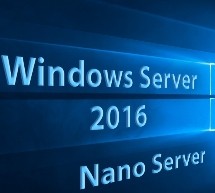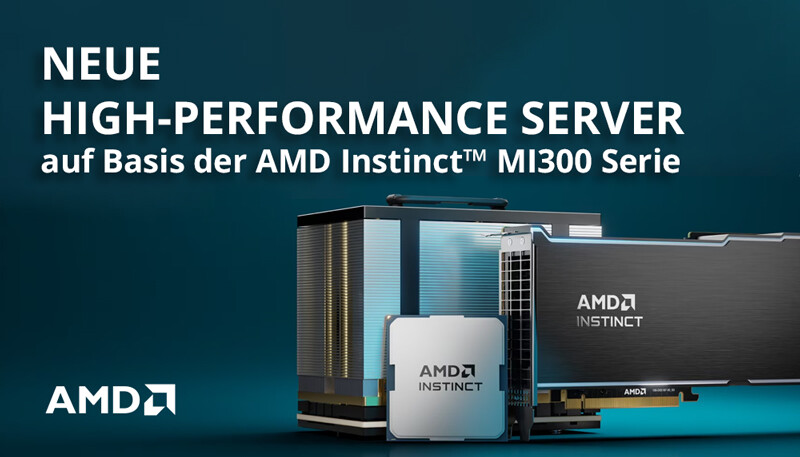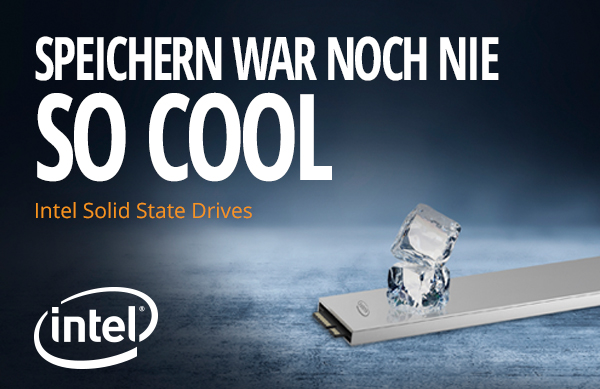With the Windows Server 2016 Nano Server options, Microsoft introduces another deployment method for Windows Server 2016. Similar to a Core Server installation, graphical control and configuration via a GUI is dispensed with. Microsoft goes a step further, however, and restricts the Nano Server to specific server roles, as well as completely removing support for 32-bit applications.
This way, the need for resources is significantly reduced, meaning the user can deploy significantly more Windows Server 2016 Nano Server to a Hyper-V host, for example. This makes significantly more resources available for actual applications. It also drastically reduces storage requirements, as a Nano Server requires only about 7% of the space of a conventional server.
With simple configurations, a Nano Server is deployed and operational in a few minutes. Necessary maintenance requirements are also significantly reduced. According to Microsoft, Windows Server 2016 will only need 20% of the restarts of a conventional installation in a Nano deployment. This maintenance times and costs can be drastically reduced, especially in large environments.
Windows Server 2016 Nano Server is also usable as a Hyper-V host
In contrast to Core Server, Nano Server is not an installation method. Thus the new deployment model can not be selected as the Core Server in the installation wizard. A Nano Server is preconfigured and is deployed from an installed Windows Server 2016 or from System Center. After deployment, the user is provided with a rudimentary Recovery Console that displays basic information and makes it possible to adjust settings for network interfaces and firewall profiles.
All other configurations are executed remotely using already familiar tools: Server Manager, Hyper-V Manager, Failover Cluster Manager and PowerShell. Authentication should be done via Active Directory, as Nano Servers can be added as a member server in an existing Forest.
The usage of a Hyper-V host is one of the Nano Server’s most popular features. Even more complex failover cluster installations are not a problem. This is also possible with the new shared nothing Storage Spaces Direct (S2D). Thus Hyper-V clusters with integrated storage can be provided that replicate at block level between the nodes.
Windows Server 2016 Nano Server pushes security even further to the forefront.
The storage services can also be used as a conventional file server, or as a scale-out file server in Nano Servers. For the connection of external shared storage, Nano Server Multipath I/O can also be used (MPIO) for iSCSI storage. This way, memory can be used block-based over the network with different paths. This guarantees reliability, or an aggregation of performance is achieved through load balancing. The new Storage Replication feature at block level is also available in a Nano Server.
In addition to the features already mentioned, DNS servers can also be deployed in a Windows Server 2016 Nano Server. New container technology based on Docker containers is also available.
In keeping with the target group of cloud and hosting providers, the latest versions of Microsoft IIS Web server can also be provided with a Nano Server. The basic security features include the possibility of desired state Configuration (DSC), or the integration of anti-virus and malware solutions based on Windows Defender.
To expand on the available possibilities, further packs are available online that can be installed onto a Nano Server or integrated before installation. The PowerShell command “Find-Nano Server Package -Culture de-de” provides shell with a list of all available packages for a German server installation. The packets can then be installed using the “Install-Nano Server Package” Cmdlet.
Individual applications can be deployed in conjunction with Docker containers, or directly in NanoServer. Microsoft has integrated a wide range of APIs and programming languages for this purpose. The.NET Framework is also available.
Docker containers in Windows Server 2016
Support for Docker container technology is one of the most important new features in Windows Server 2016. Containers are principally very small virtual machines that do not have their own operating system, but share the operating system with the host. This saves a tremendous amount of resources, and makes it possible to operate significantly more containers on a host than with conventional virtual machines.
Containers are not available for conventional Windows Server services such as Active Directory, Exchange or SharePoint server, but rather provide an alternative basis for cloud applications. Web servers or database servers are good examples here. Furthermore, individual applications that operate directly on containers can be developed in Visual Studio.
The container technology is not developed by Microsoft itself. One has to draw on the know-how and portfolio of Docker developers, and integrate existing technology into the Microsoft operating system. Installation is incorporated into the Server Manager in the usual way, while managing the Docker container can only be done through PowerShell or the Docker client.
Some pre-existing Docker containers for the newest Microsoft server operating system can be found at https://hub.docker.com/u/microsoft/.
Do you need more informations? Do you need a Windows Server 2016? Call us: +44 203 318 5994
Recent Blogs
New HPC / AI servers based on the AMD Instinct MI300 series
Posted onWith the MI300X Series, a new player has appeared on the GPU market that will reshuffle the cards in the AI sector. AMD Instinct™ MI300X…
We have moved – With our own new building, we are ready for the future
Posted onAfter nine months of construction, we were able to move into our new company building at the beginning of July. Our customers can now find…
Datacenter SSDs für den absoluten Performance-Boost
Posted onNoch keine Enterprise SSDs im Datacenter im Einsatz? Worauf warten Sie noch? Im Consumer Bereich haben SSDs längst Einzug gehalten. Und wer heute die Ladezeiten…




